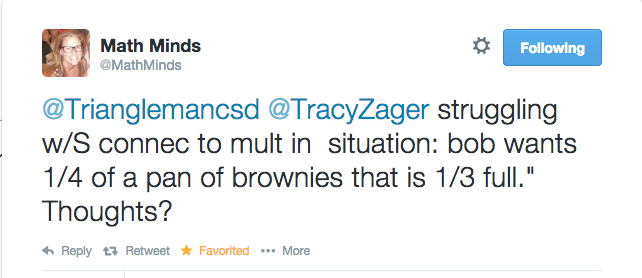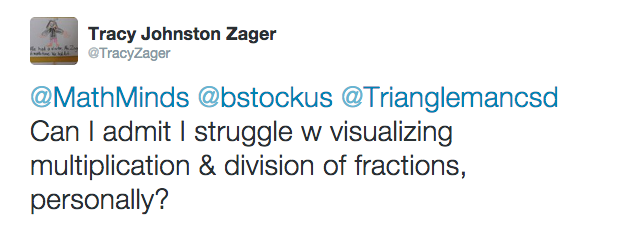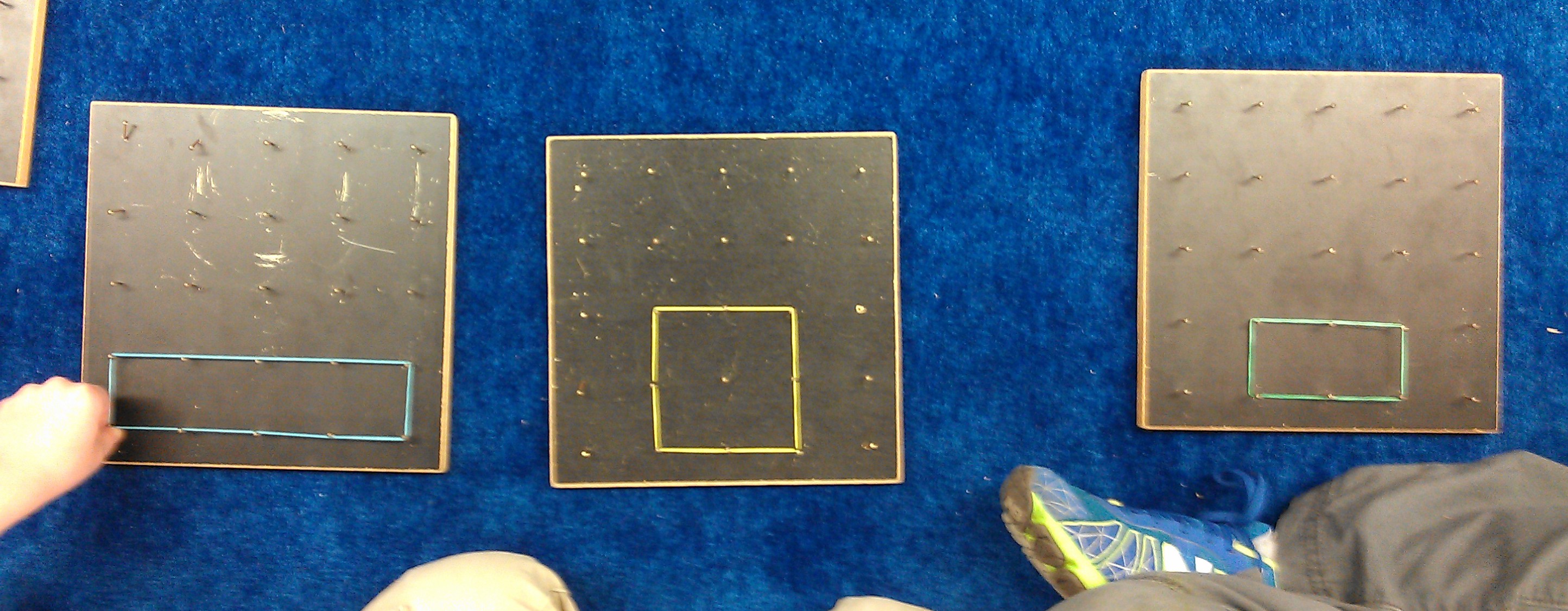This past week, my older daughter shared with me that something “horrible” had happened in math class. She didn’t understand the worksheet (it was a terrible worksheet, but that’s another post), so she asked about it. She said:
“Everyone was staring at me, and I heard some people whispering, and I even heard one person say, ‘I thought Maya was so good at math. What happened?'”
And then she started sobbing.
“I don’t ever want to ask a question in math again! It was horrible!”
I’ve been playing with my kids and math from the get-go. Maya has had more opportunities to practice math, more exposure to different aspects of math, and more support for thinking mathematically than most kids–especially girls–in our country. So, she started school with a leg up. The students in her class have decided she is good at math, and given her the kind of status that Ilana Horn writes about so well.
At the same time, my husband and I intentionally give our kids lots of growth-mindset messages. We emphasize how good productive struggle, confusion, and hard work are. We ask probing questions, encourage our kids to go deeper, support risk-taking, model not-knowing, and emphasize effort.
That wasn’t enough.
My daughter’s teacher is fairly new, but she clearly encourages risk taking and effort, and wants to have a classroom where all kids are valued. She loops, and I helped out in math once a week all last year, so I’ve been in there classroom enough to see how she supports kids.
That wasn’t enough either.
Parents’ messages and teacher’s messages were no match for peer status.
One of the major challenges teachers face is to deconstruct pervasive cultural messages about math and construct new, authentic, positive ones instead. This is incredibly hard work, and a major focus of my upcoming book. I actually had my daughter curl up with my laptop the other night so she could read a chapter about creating a mathematically productive classroom climate. It starts this way:
“I like math, but I’m not very good at it.”
“I have a hard time in math. Sometimes I get stuck and I don’t know what to do.”
“I’m not very good at math. It takes me a long time.”
“When I have to do math fast, like on a test or something, I have trouble.”
“Davon always gets the answer first. He’s like a math genius.”
“Math’s not really my thing. No one in my family can do math.”
“I suck at math. It takes me forever to do my homework.”
During my travels through dozens of math classes, I’ve been gathering examples of student talk about math. Sometimes I interview students, but most of the time I overhear them making these off-handed, revealing comments to each other. When I look through the long list of statements I’ve gathered, there is an unmistakable pattern. Students have a firmly established, deep-rooted, working definition of what it means to be “good at math,” and it goes something like this:
Being good at math means you answer the teacher’s questions fast, right, easily.
At this point in the text, my daughter looked up and said, “I think that’s what the kids in my class think too.”
I asked, “Do you think that’s what it means to be good at math?”
“No. Doing math well takes time. And you make a lot of mistakes. And it can be really challenging. And it’s not just about answering questions in school. It’s about seeing math everywhere, and wondering about it, and trying to figure it out.”
My messages had been sinking in after all. We spent some time that night talking about questions, and how important they are in learning math, and how my husband and I expect that she ask questions. We also rehearsed what she could say or do if kids reacted the same way the next time she had a question. (I wasn’t there, so I don’t know how many kids actually stared or whispered, but her perception is what matters here anyway.) She seemed to feel better by the end.
They had a test the next day. I asked about it.
She said, “This time, I told myself before the test, the only thing that matters is that I’m learning.”
Atta girl. Now we just need to change the culture so her peers get that message too.







